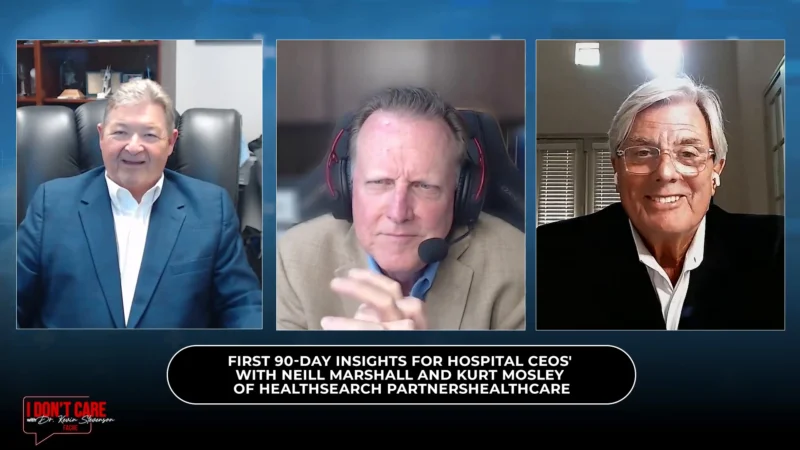How Technology Can Help Curb the Opioid Crisis with Lee Kinson of DocuShield
With today’s opioid crisis, caregivers everywhere are concerned that their prescription pads will disappear and perpetrators will help themselves to oxycodone, hydrocodone, Xanax, and a variety of other often abused prescriptions. Even if a prescription pad isn’t stolen, it’s possible for people to alter a prescription that was given legally, changing the strength of dosage and number of refills to get what they really want.
And this deception and thievery is a practice not limited to strangers. Recently, there was a Pennsylvania case where a nurse stole a prescription pad from the clinic where she worked and sold over 91 prescriptions before she was caught.
Fortunately, there is DocuShield. Account Executive Lee Kinson [contributor page] joined the podcast to share the methods that doctors can employ to protect themselves and their offices from liability against prescription pad misuse or theft.
In this podcast you’ll learn about the way that DocuShield has an edge on the competition — the DocuShield printer puts the CMS required security features onto the paper in the printing process, including the void pantograph, virtual watermark, microprint, and even the healthcare provider’s logo. If someone steals the paper, they only walk away with paper. The best part is that if someone steals the printer, it won’t work either– it has to be on the network server with a key to be able to function.
For the latest news, videos, and podcasts in the Healthcare Industry, be sure to subscribe to our industry publication.
Follow us on social media for the latest updates in B2B!
Twitter – @HealthMKSL
Facebook – facebook.com/marketscale
LinkedIn – linkedin.com/company/marketscale









